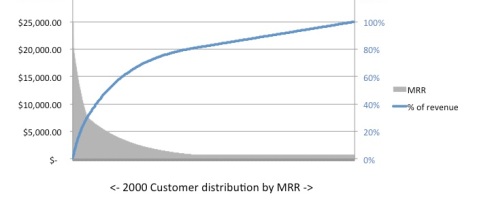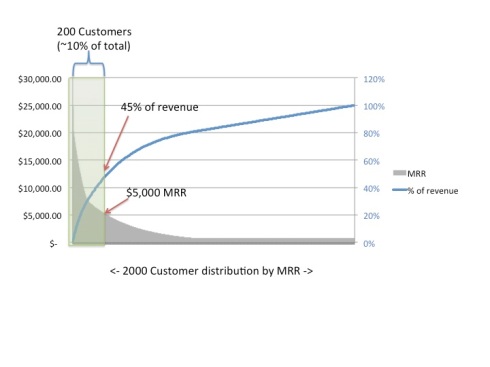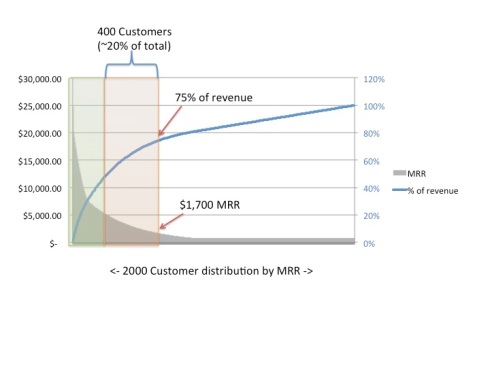I was recently in a meeting in Europe and found myself talking to an experienced enterprise sales leader from another company about Customer Success. She asked me “How do you approach Customer Success in different countries and cultures where there’s a need for face to face interaction? In the US you do so much by phone: Inside sales, Automated support, Customer Success Management, and here relationship building is still important. We need the face time.”
Which got me to thinking…
While I certainly don’t advocate running a high-touch, high-cost business model for customer success if the revenue model doesn’t support it, creating that personal relationship is incredibly powerful. As many US companies begin to expand their Customer Success efforts into other markets, it’s essential to recognize that each geography can provide some valuable lessons and examples for others. Organizations can learn quite a bit by exporting and importing best practices across regions. I’ve certainly learned by observing interaction models in different markets and applying best practices from one region to others. Taking this approach benefits both your company and your customers.
As you look at taking the “best of” from each of your regions, you’ll find that you can increase touch in some regions while increasing efficiency and scalability in others. As you dissect how and what to apply across geographies, it’s important to understand what makes each approach successful.
The Case for a Higher Touch Model:
Many of the effective Customer Success models outside the US are higher touch (more face to face) for a few reasons:
- The culture dictates it;
- In many countries it’s easier due to the higher concentration of businesses in fewer regional city centers
- It works. As much as we do over the phone and online in the US, in some cases it’s still important to build personal relationships through face to face interaction.
So when the opportunity arises, it’s important to engage with customers in as personal a way as you can. In many cases, an in-person meeting with a large customer is a great investment of time and money. It also proactively sends the message that the customer is worth your time and effort.
Other Ways to Connect:
As our conversation progressed, we also agreed that it isn’t possible to meet every customer face to face, and it certainly isn’t possible to meet any customer face to face 100% of the time. In every case, though, it’s important to connect with your customers in a way that is A) relevant and appropriate to them; and B) true to your company’s brand and mission. For example, companies who do content marketing extremely well don’t need to have face to face interaction with the vast majority of their customer base in order to connect with them. Companies like MailChimp, HubSpot, and ZenDesk build incredible connections with their customers via mainly digital communications. Their messaging is so good and so authentic that as a customer you feel like you’re a connected insider.
Authenticity and Relevance Trump All:
Whether its face to face or through broader communication, you need to connect with your audience in a relevant way. You have quite a bit of information about each of your customers. Make your communication with them relevant, whether you’re targeting digital content based on their behavior or you’re tailoring a detailed Quarterly Business Review based on their specific metrics.
Even in the case of broader-based digital marketing or one-to-many communication, it’s critical to both create targeted content for your specific audience and to deliver that content in an engaging, authentic, personal way. I’ve attended webinars with solid content, but disconnected, impersonal presenters. In almost all cases, the disconnectedness of the presenter unfortunately trumped the relevance of the content.
Engaging with someone face-to-face, especially one-on-one (or few-to-few) inherently creates a strong connection. In the cases where you’re engaging digitally with customers en masse, you need to do so with a compelling, consistent tone and voice. Many of us will communicate with the largest segments of our customer base primarily through a digital channel. We have to make that channel engaging, personal, and authentic. Send the message to the group, but communicate with the individual.
Do something different
As you think about face to face meetings, it’s worth noting that not all face to face interactions need to be at your customer’s site. If your office is in a major metropolitan area, chances are your customers might find themselves in your neighborhood occasionally. If so, host them for a corporate visit. Do your quarterly business review with them in your offices. Introduce them to some of your executives who they wouldn’t otherwise meet if everyone needed to travel to the customer site. Share your vision with them. It’s easy for us to fall into routines with our customers, so by holding meetings in a different context or venue, you have the opportunity to create memorable experiences.
As you engage with your customers, how are your learnings and practices from one geography creating more personal, authentic, relevant, and memorable experiences worldwide?










You must be logged in to post a comment.